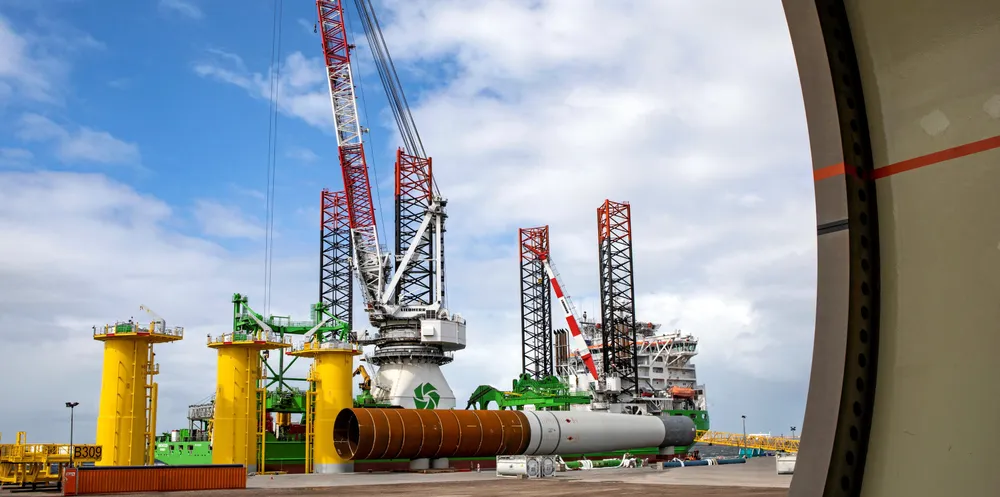Dominion doles out record-setting $2bn-plus in deals for US Atlantic offshore wind giant
Virginia utility ramps up activity on its 2.6GW CVOW project with major infrastructure contract to Europeans DEME, Prysmian and EEW for foundations and cabling

Virginia utility ramps up activity on its 2.6GW CVOW project with major infrastructure contract to Europeans DEME, Prysmian and EEW for foundations and cabling
